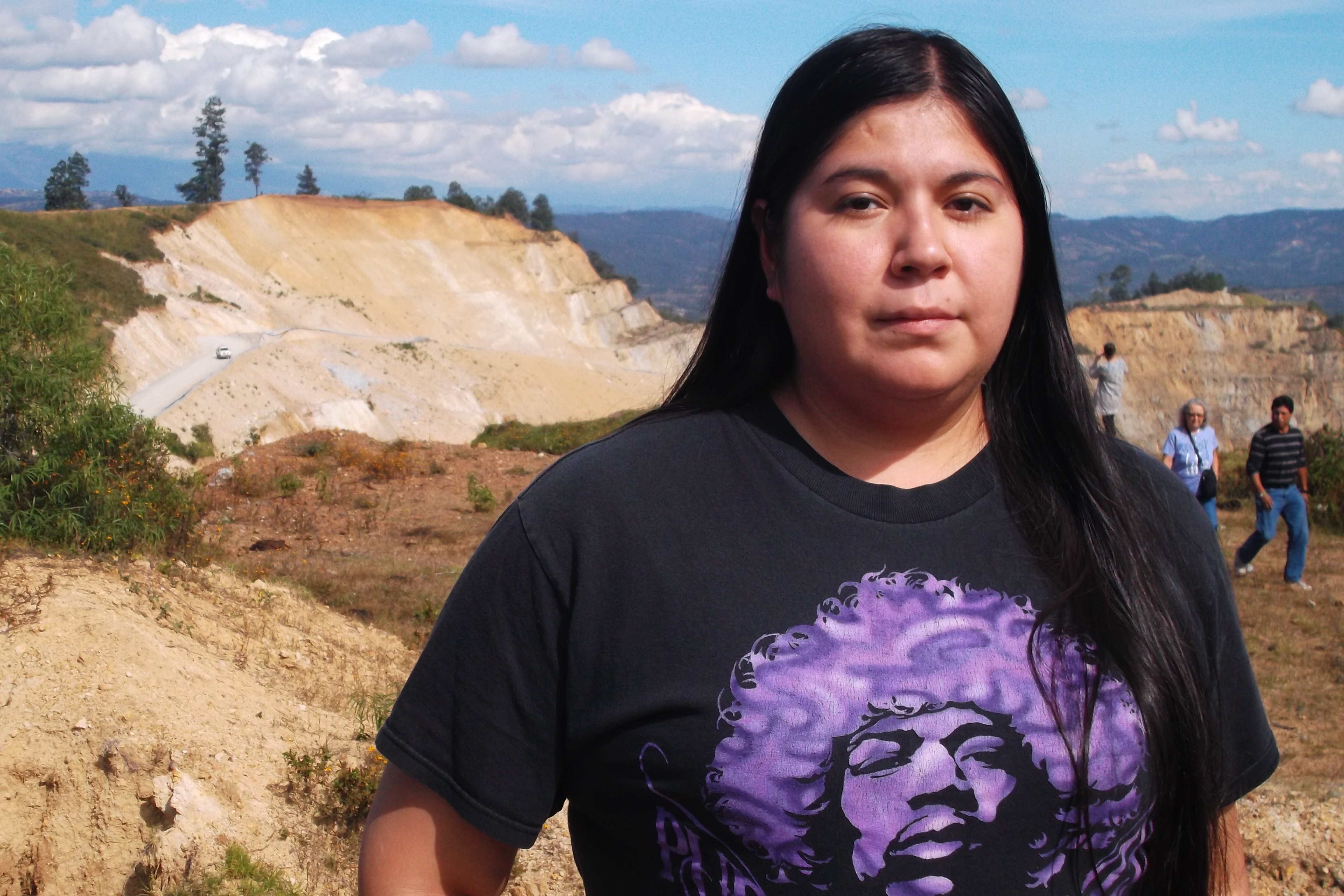You can change the conversation. Chip in to rabble’s donation drive today!
For Indigenous people, the land and the people are intimately connected. When the land is violated, so are the people.
Often this connection is not taken into account by governments and corporations. Their ideas of resource development are based on objectification and individualism, which are rooted in Western culture. Consequently, Indigenous people’s collective rights are often not considered or respected when mining contracts are signed, and communities and cultures suffer.
As an Indigenous woman from what is now known as Canada, I live this reality every day. It runs in my blood and my blood has ties to my ancestral land. I also witnessed this reality in Guatemala during a recent study tour on mining with KAIROS Canada and the United Church of Canada. We met with communities, many of them Indigenous, who are deeply impacted by Canadian mining companies.
Guatemala is unforgettable. Its landscape is breathtaking and I remember vividly the small towns and communities that we passed and visited. Seeing the old people made me think of the elders back home. I am sure they carry many secrets, both beautiful and painful. I wondered if they also share the joy and pain they have experienced and endured with their grandchildren. I wondered if they share stories of resistance, war and violence, as well as positive experiences such as tales of first love and of fun times with siblings and cousins. The Indigenous people there could be my brothers and sisters. We share similar struggles and even look the same.
Most of the communities we visited do not want mining companies to exploit the land, and they are taking action to protect their way of life for future generations.
One form of resistance is educating others about the effects of mining, including the contamination of water and the impacts on health. We met the Commission on Peace and Ecology (COPAE), an organization in San Marcos that has conducted water monitoring and blood tests on people who live near the mine, and have confirmed the presence of heavy metals that harm health.
We were told that Indigenous communities have organized more than 70 municipal consultations involving hundreds of communities and more than a million people, following ancestral practices. They have also organized consultations according to municipal codes, following all the requirements set out by government. Although 98 per cent of the people have voted against mining in their communities, the government has refused to accept the consultations as binding and in some cases has refused to allow for consultations to take place. The government seems more interested in what mining companies have to offer than in the rights of communities.
What these companies have to offer often clashes with the development models of the communities. The people we spoke with told us about low paying, dangerous jobs that are tearing apart families and traditional social structures. They talked about companies targeting community leaders and attempting to buy them off or, if they refused, falsely accusing them of crimes.
We heard that the long term impacts of mining do not make up for the short term economic gains. We heard concerns that companies are responsible for cleaning up the environmental impacts for only three years after closure, but the environment and social impacts will continue for generations. Who will clean up the mess in the years that follow?
The stories we heard of hope, beauty, pain and resistance inspire me to take action in my own community. They also inspire met to become an ally of the Indigenous people of Guatemala by supporting campaigns such as Open for Justice, which is pressing Canada to hold Canadian companies accountable when they are complicit in human rights or environmental violations overseas.
Of all the stories I heard, one in particular stands out. An Indigenous elder spoke of his deep connection to the land and the hope this brings him. “I am land that thinks,” he said. “The companies do not understand this.”
Our hope is to make mining companies understand. We can ensure that the rights of people and the land come first. The Indigenous people are still here. We are not going away.
Like this article? Chip in to keep stories like these coming!
Tanis Desjarlais is a Cree/Assiniboine woman from Kawacatoose First Nation in Saskatchewan. She has studied community work at George Brown College and has a strong interest in law as it relates to Indigenous peoples in Canada.
Photo courtesy of Tanis Desjarlais.



